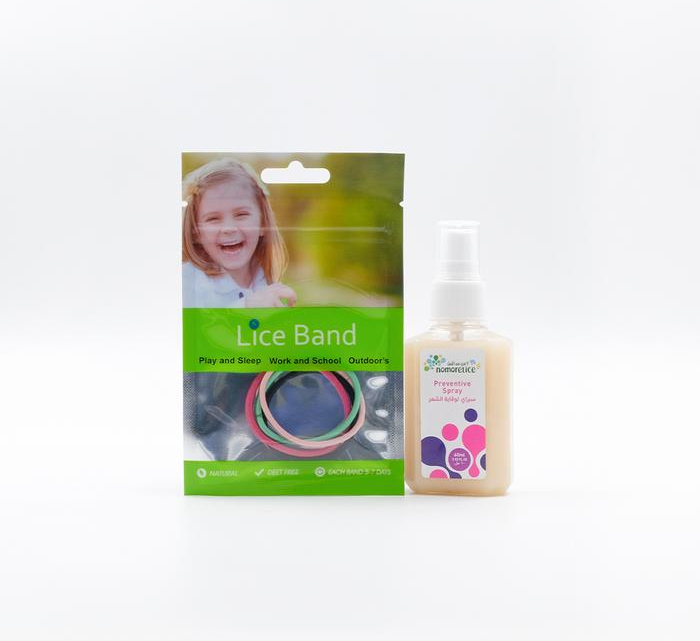
Effective And Safe Hair Lice Treatment Options
Head lice infestation is a common problem, especially among children. These tiny insects can cause itchiness and discomfort, making finding effective and safe treatment options essential. With so many products on the market, it’s important to understand the different treatments and their pros and cons. This article will explore some effective and safe hair lice treatment options.
Over-the-counter (OTC) medications:
OTC medications are widely available and can effectively treat lice infestation. They usually come in shampoos, creams, or lotions containing active ingredients like pyrethrins or permethrin. These chemicals work by killing the lice and their eggs. It is crucial to carefully follow the instructions provided with the product to ensure maximum effectiveness and safety.
Prescription medications:
Sometimes, OTC treatments may not be sufficient to eradicate lice infestation. In such instances, a healthcare professional may prescribe stronger medications, such as malathion or benzyl alcohol. These prescription treatments are usually applied to the hair and scalp and should be used as directed by the healthcare provider.
Natural remedies:
For those who prefer a more natural approach, several home remedies can be used to treat lice infestation. One popular option is applying tea tree oil, which has insecticidal properties. Other natural remedies include using neem oil, coconut oil, or vinegar. While these remedies may be safer and gentler on the scalp, their effectiveness may vary, and it is important to use them consistently and correctly.
Manual removal:
One of the most effective ways to eliminate lice is by manually removing them using a fine-toothed comb, also known as a lice comb. This method requires patience and thoroughness. Regular combing helps remove lice and nits (lice eggs), especially after any treatment. Comb the hair section by section, wiping the comb on a tissue or paper towel to remove any lice or nits.
Prevention and cleaning:
To prevent re-infestation and lice spread, it’s crucial to clean and disinfect personal items that may have come into contact with lice-infested hair. This includes washing bedding, clothing, hats, and brushes in hot water. Items that cannot be washed can be sealed in a plastic bag for a few weeks to suffocate any remaining lice.
It is important to note that regardless of the treatment option chosen, it may be necessary to repeat the treatment after a specific period to eliminate any newly hatched lice. Additionally, it is crucial to educate family members, especially children, about the importance of personal hygiene and avoiding sharing personal items that can transmit lice.